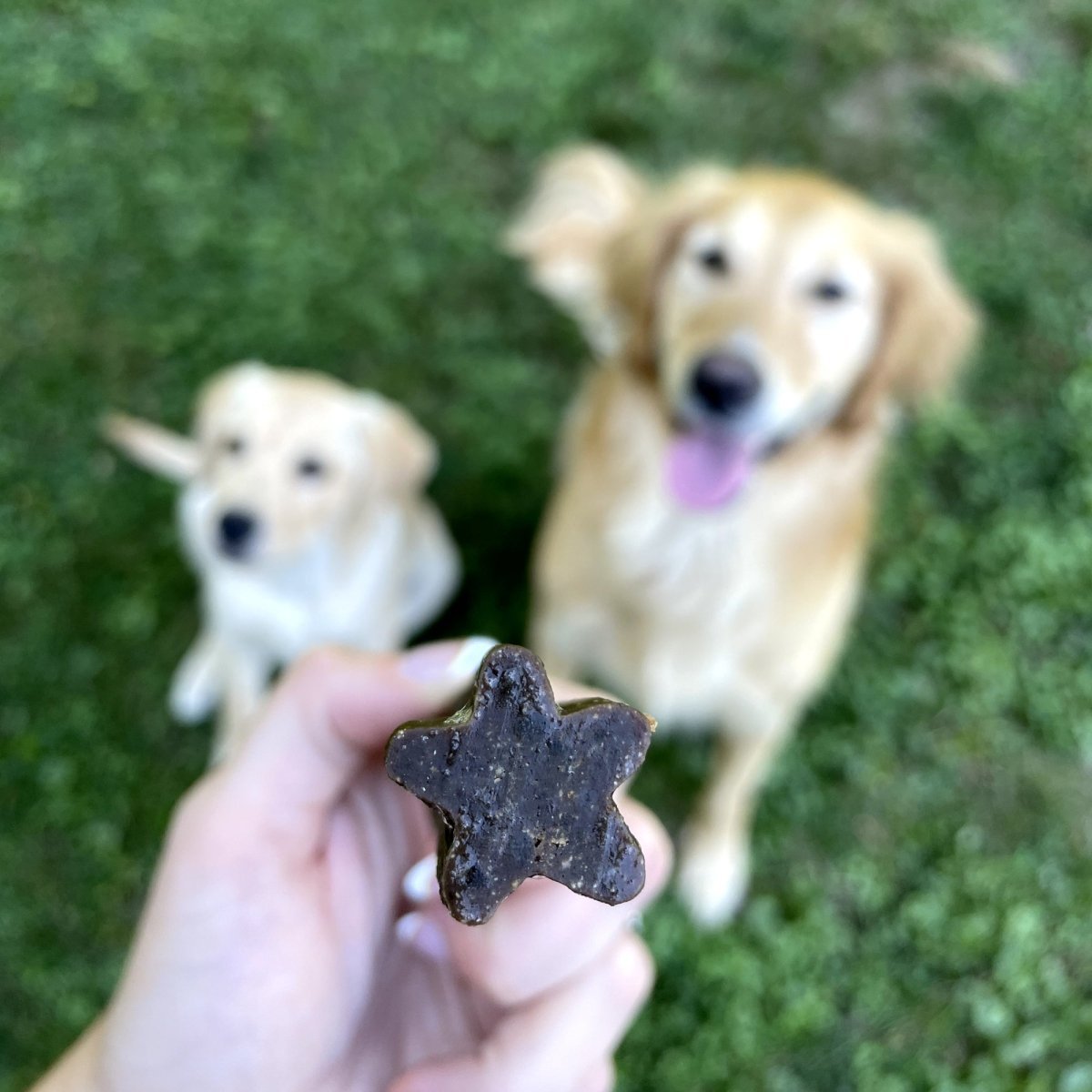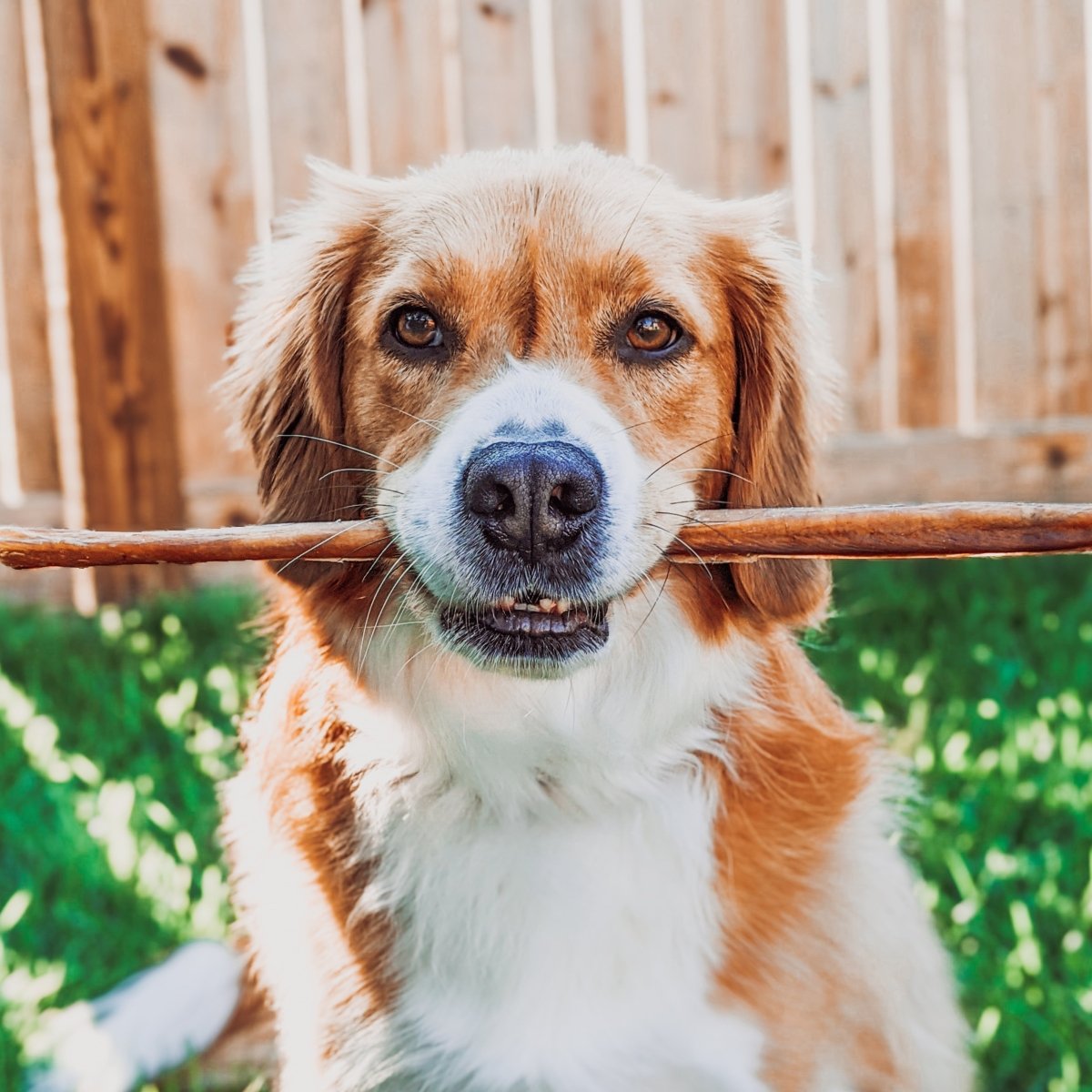
For most dogs, mealtime is the best time of the day. And yet, food is something our pets have little control over. Dog owners have a responsibility to feed their pups food that will keep them going—but what if your dog food is doing more harm than good? To keep your pet healthy, make sure you do your research on dog treats and dog food. Here are three things to watch for—and if you ever have any questions, talk to your vet.
Artificial vs. natural preservatives
You need preservatives to keep dog treats and dog food fresh. However, not all preservatives are created equal. Artificial preservatives can be cheaper and keep food fresher for longer, but they can also contain harmful chemicals.
Some common artificial preservatives to look for on labels include butylated hydroxyanisole (BHA), butylated hydroxytoluene (BHT), propyl gallate, and ethoxyquin. BHA and BHT are two preservatives commonly found in dog and people food alike. According to Japanese research, these preservatives aren’t just keeping food fresh. The study found that BHA and BHT are carcinogenic for animals like rats. BHA is also on the list of carcinogens, so it’s a good idea to avoid these harmful preservatives whenever possible.
Instead, look for natural preservatives like tocopherols, citric acid, and rosemary extract. These natural preservatives are healthier; however, they don’t keep food as fresh as artificial preservatives. This isn’t an issue as long as you keep tabs on all “best by” date labels.
The ingredient label
Whenever you’re scanning the nutritional information label on pet food, it’s good to know the rules behind the label. The Food and Drug Administration (FDA) requires accurate identification of the product, quantity, manufacturer, distributor, and ingredients.
The Association of American Feed Control Officials (AAFCO) is a voluntary association of representatives from local, state, and federal agencies that provides more specific guidelines for naming ingredients in pet food.
It’s important to note that the AAFCO is not a government agency; still, the association’s recommendations on product names, nutritional adequacy, feeding directions, and calorie information are often enforced on the state level. This does differ by state, so be sure to look up your own location’s specific regulations. When you’re not sure what your state’s laws are, consult your vet!
Brush up on the FDA’s requirements for pet food labels here.
Calorie awareness
When choosing treats and food for your beloved pup, make sure to look at the nutritional label. Increasing your calorie awareness will help keep your pet at a healthy weight.
As for how many calories your dog should consume daily, there’s no one correct answer. Some sources say that dogs need about 20-30 calories per pound per day to maintain their weight. However, this can depend on your pet’s breed, size, age, physical activity, medical conditions, and other factors. Consult your vet to get his or her advice.
According to the Tufts Obesity Clinic for Animals, at least 40% of dogs in the U.S. are overweight. Because obesity in dogs can lead to many other health issues, it’s important to carefully choose treats and food for your pet.
Getting educated on the ingredients on what your pet eats can help you feel confident about the way you’re fueling your pooch. The next time you’re looking for high-quality dog treats at a reasonable price, visit the Best Bully Sticks website.
Comments will be approved before showing up.

Dental chews keep plaque in check and gums strong. Read here to learn about nature's toothbrush!

Single-ingredient dog chews and treats are crafted using only one whole food source!

Check out our guide on different types of chews to help you decide on the best chew for your dog!